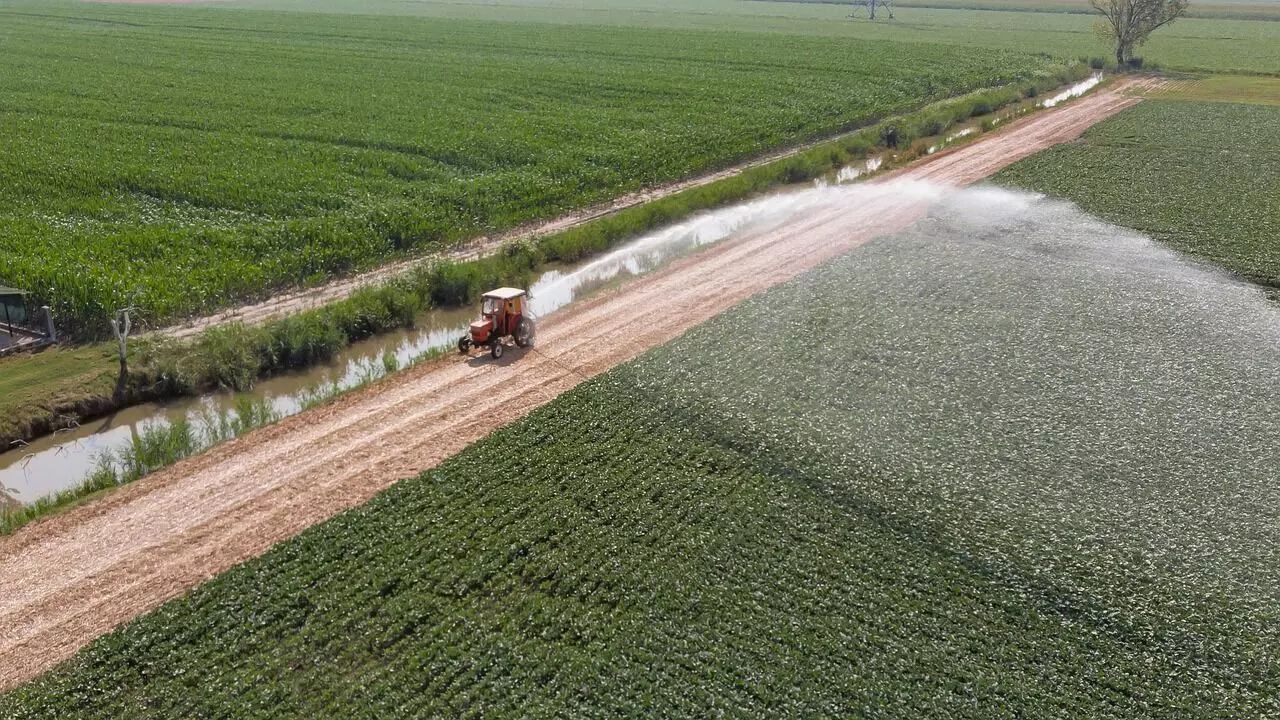Poor irrigation coverage compounds farmers’ woes in Assam
Scientists call for rainwater harvesting, soil conservation to avoid drought conditions

REPRESENTATIONAL IMAGE
Guwahati, Sept 28: At a time when the State is reeling under soaring temperatures and drought-like situations, the woes of the farmers stand compounded by abysmal irrigation facilities. As per the Agriculture department's data, the net sown area in Assam is 27.5 lakh hectares (ha), out of which rice is cultivated in 24 lakh ha. During 2021 and 2022, 1.96 lakh ha area was irrigated during the Kharif season, which accounts for just 7 per cent of the net sown area in the State.
In terms of Sali rice, the area irrigated under traditional Sali was 1.21 lakh ha in 2021, which decreased to 0.7 lakh ha in 2022. In case of high-yielding variety (HYV) Sali rice, the area covered under irrigation was 0.6 lakh ha in 2021, which increased to 0.8 lakh ha in 2022.
"In both the rice cultivars (traditional & HYV), it was observed that the number of districts covered under irrigation increased in 2022 compared to the previous year. In case of traditional Sali rice, Chirang district covered the highest area (0.27 lakh ha) under irrigation during 2021, followed by Kokrajhar, Baksa, Udalguri and Sonitpur.
In case of HYV Sali rice, the highest area under irrigation was covered by Nagaon (0.26 lakh ha), followed by Udalguri, Baksa, Karbi Anglong and Majuli during 2021," Prof RL Deka, head of Agro-Meteorology at Assam Agriculture University (AAU), told The Assam Tribune.
Sources in the Agriculture department said that efforts were on to bring in more cropland area under minor irrigation projects implemented by the department.
“We have accorded a lot of thrust on installation of shallow tube wells (STWs) under the NABARD's Rural Infrastructure Development Fund (RIDF) scheme. A total of 67,000 STWs have been installed across the State in the last seven years under this scheme. The STWs are operated by solar power, diesel and convention al electricity,” sources said.
According to sources, the solar-powered STWs are gaining popularity among cultivators. There is a subsidy of 85 per cent for these using STWs.
"We have submitted a Rs 200-crore plan to NABARD under the RIDF scheme, a part of which will be utilized in installing more STWs.
While the Agriculture department's minor irrigation projects through STWs cover a very small cropland area, the Irrigation department's coverage through its projects, too, remains abysmal.
According to official data, only about 14 per cent of the State's gross sown area has been covered by irrigation projects. Out of the nearly 4,000 irrigation projects in the State, more than 1,500 are not functional.
Out of the net sown area is 27.5 lakh ha, only 11.03 lakh hectares have been brought under irrigation schemes till 2023. The actual coverage is further low due to the dysfunctional status of many projects.
Last year, crops in only 5.50 lakh ha could be grown using water provided under the irrigation schemes.
Irrigation is provided under the projects to Kharif crops (June to October) and Rabi crops (November to May).
Sources said that efforts were on to restore the non- functioning schemes and projects and enhance irrigation coverage.
Agricultural scientists have also called for innovative methods such as rainwater harvesting, soil conservation measures and suitable cropping patterns for maximum in-situ retention of rain- water to avoid terminal drought conditions.
"Practice of rainwater harvesting through mulching, construction of farm ponds, percolation tank to provide lifesaving irrigation to crop should be promoted," a scientist said.
-By Sivasish Thakur

